Since the early days of the automobile, the boldest have tried to conquer Antarctica on four wheels. The first attempt dates back to 1907, but the Arrol-Johnston model never rose to the challenge. Over the next few decades, other vehicles tried to navigate the area without success. Mechanical problems followed and some didn't even catch on.
He got off the boat and took part in the demanding 1964 BP Rally in Australia. Not only did he participate in the rally but… he won the rally!
Thus, for decades, anyone who wanted to travel through Antarctica relatively quickly, either: either acquired an expensive vehicle of caterpillars or asked a pack of dogs for a lift. In December 1962 an automobile would literally break the ice.
An Australian scientist named Roy McMahon was chosen to lead a mission for the Australian National Antarctic Research Expedition (ANARE). With limited resources, McMahon would eventually choose a Volkswagen Beetle as the official vehicle of the expedition. Willing to spend as little as possible, he took it upon himself and went to present the project to Volkswagen Australia.
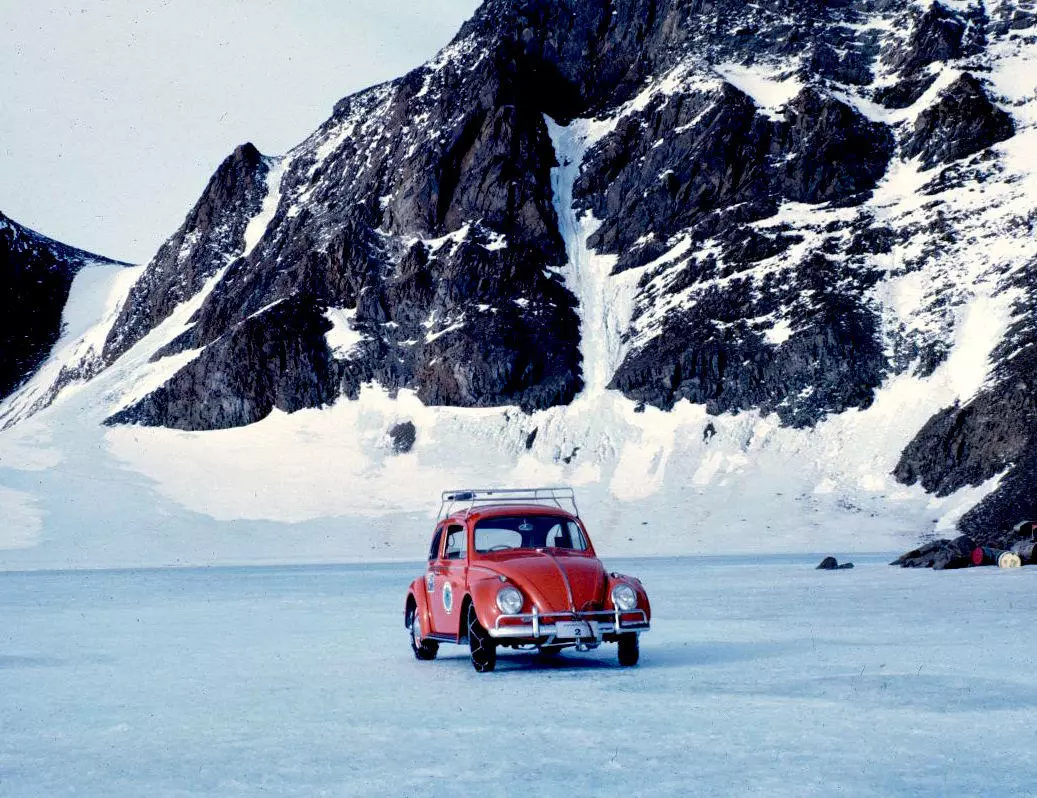
Roy McMahon knew from the outset that if the Beetle could successfully cover some of the routes planned for the expedition, it would be an extraordinary communication maneuver for the brand, which began that year producing Beetles in Australia. No sooner said than done. Volkswagen thought the idea amusing and donated a Beetle for the mission.
After just three months — and with only half a dozen miles covered on Australian soil — the car was ready to board the Nella Dan for the icy hell of Antarctica.
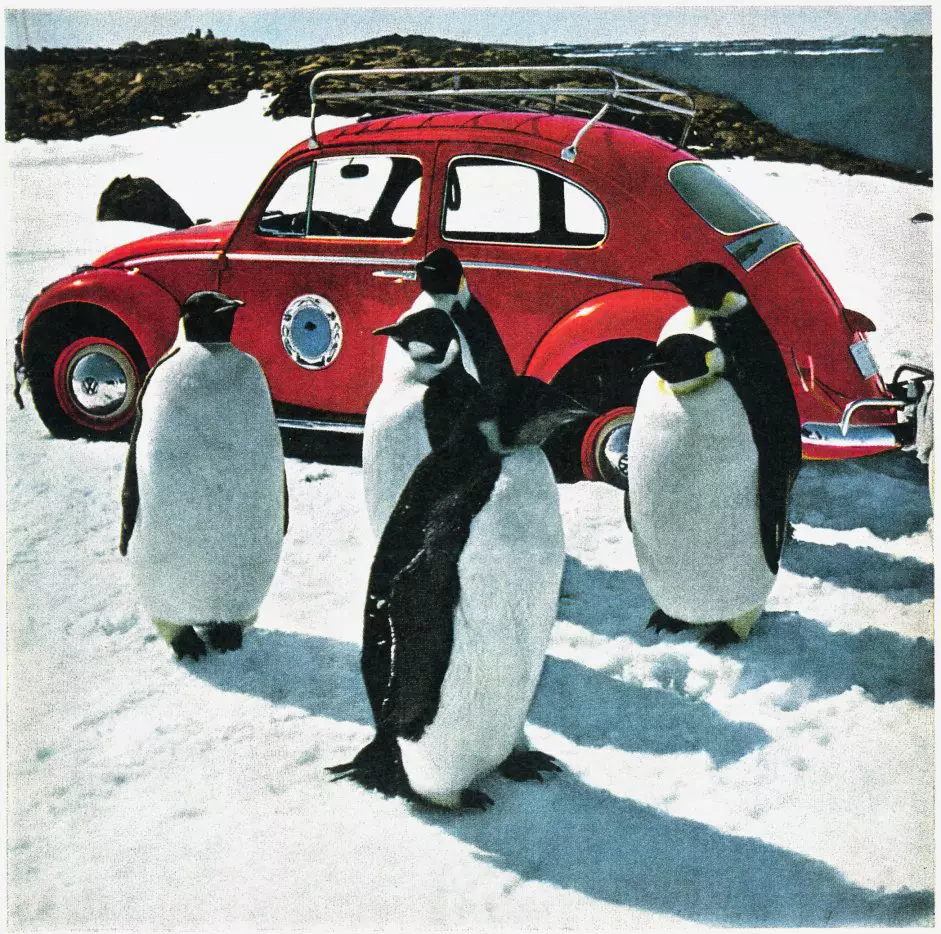
The modifications made were minimal and counted on the fingers of one hand: a protection in the engine to protect from snow; special oil to ensure lubrication at low temperatures; four-wheel chains; and a couple of new dials on the dashboard. And of course the registration: Antarctica 1.
The fact that the engine is air-cooled made it much easier for the Volkswagen Carocha to adapt to those conditions. After a short time the little Beetle received the nickname of “Incarnate Terror”. Only the winds of more than 150 km/h insisted on turning the doors upside down. Nothing a hammer wouldn't put back in place.
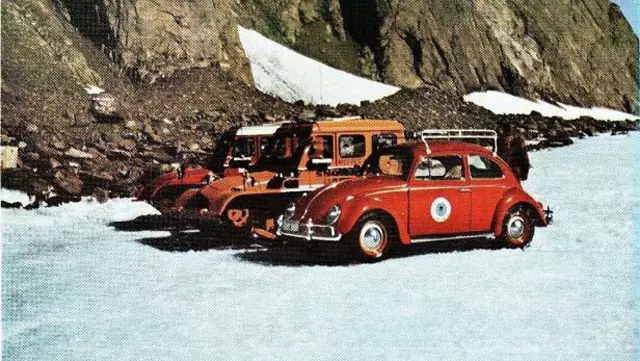
For months on end, the Incarnate Terror served as a means of transport for people and goods between the airfield and the mission center. A journey of 18 km that took about 50 minutes — just to get an idea of the difficulties that the route presented. When time allowed, this adventurous Volkswagen Beetle still served for recreational purposes, pulling skiers through the icy landscapes.
Subscribe to our newsletter
the return
In 1964 the Incarnate Terror returned to Australia. You would expect a car with such historical value, a pioneer and that served in scientific missions to go directly to a museum, but no… It got off the boat and went to participate in the demanding BP Rally of 1964 in Australia. Not only did he participate in the rally but… he won the rally! As the late Fernando Pessa would say: And this one, huh?
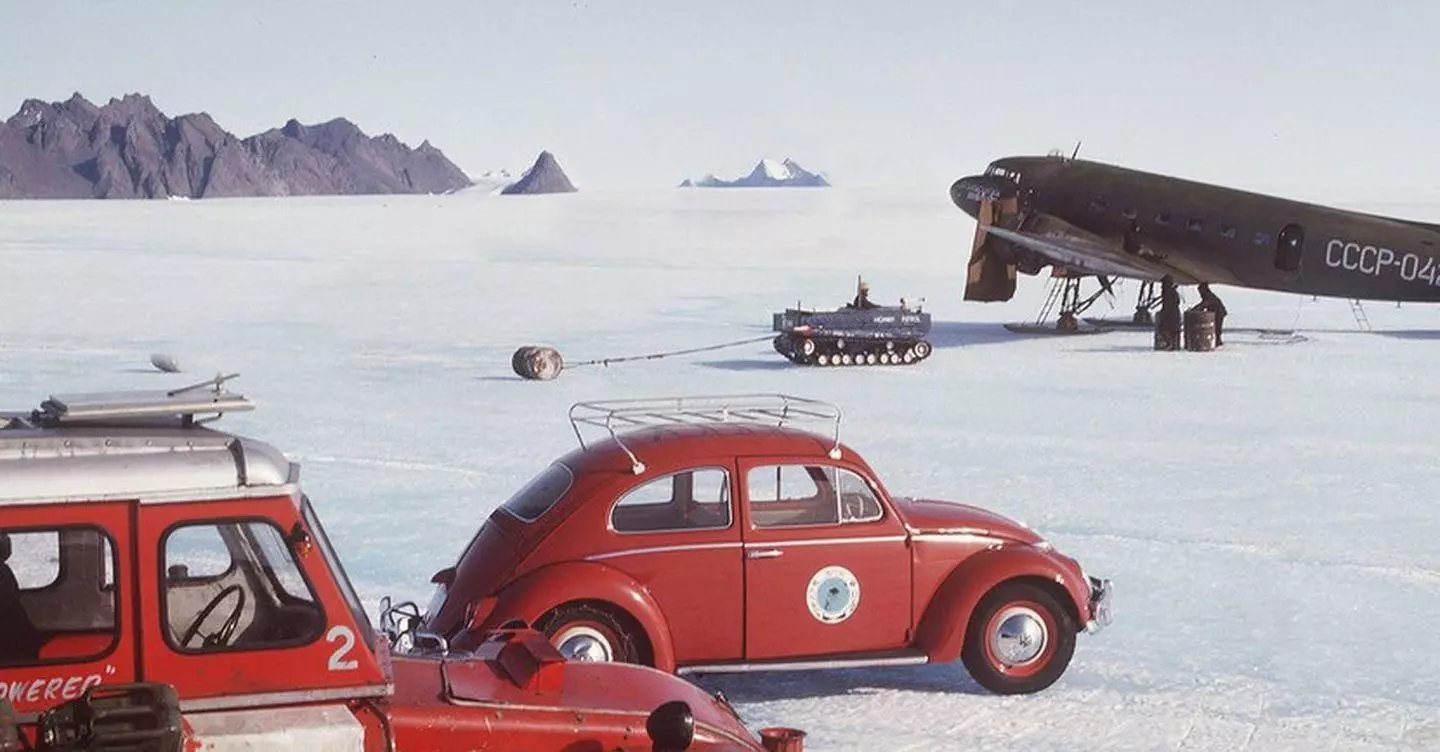
Currently, the whereabouts of the Incarnate Terror is unknown, humanity has lost track of it. A group of enthusiasts tried to find him in 2002 without success. Some say he's still out there, who knows what adventures he's been involved in...
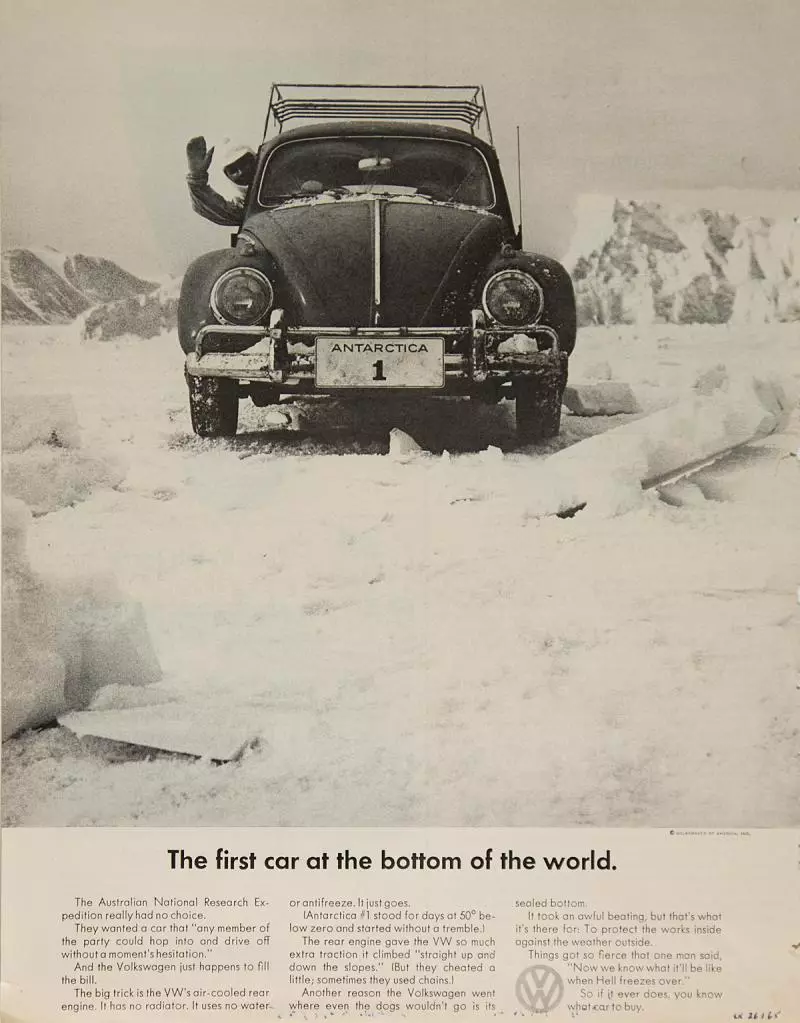
It wasn't the only...
Beetle's presence on the frozen continent would not be confined to Incarnate Terror. In addition to Antarctica 1, there would be an Antarctica 2 and an Antarctica 3, interestingly, painted orange and not red. The first, sent to replace the Incarnate Terror, would eventually fail, and with no parts to repair it, it would remain buried in snow for the long winter before it could be sent to Australia for repair.
The Antarctica 3 would be the one that would remain there the longest, serving as a support car at the base, having stayed there from 1966 to 1969 and, like the first, would end up competing, this time in a rallycross championship.
